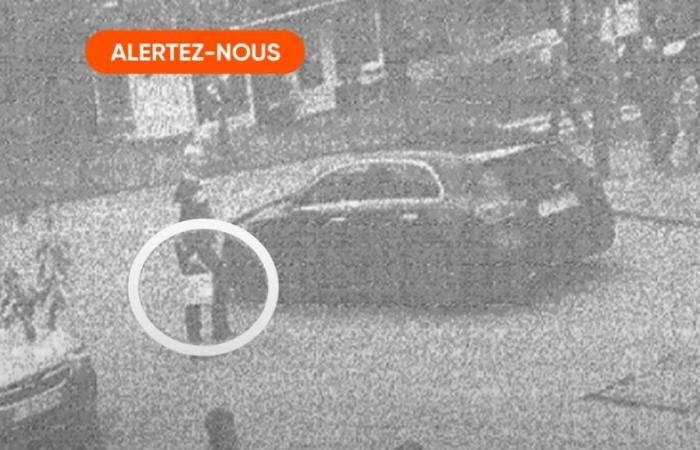
But the rules are the same, so Adel Lassouli, spokesperson for Bruxelles-Propreté, explains to us why Fabian risks having to pay a €350 fine: “We consider this to be hazardous waste. Used frying oil is dangerous, so the offender is liable to removal costs and a fine for the offence. It’s around 300-350 euros,” he specifies.
It develops: “It can cause environmental harm. If the bucket is touched by someone, if the bucket spills onto the road, onto a tree… We are really dealing with dangerous waste which is seriously detrimental to the living environment of the whole of the people of Brussels we cannot tolerate this kind of behavior because if everyone dumped this on the ground, we would not get away with it..
If Fabian risks paying such an amount, it is because used cooking oil is considered hazardous waste. In addition, by depositing it outside the bubbles, it is also considered a clandestine deposit, which is prohibited by law.
Tours to collect hazardous waste
So to avoid the deposit of dangerous waste in front of the bubbles, Bruxelles-Propreté regularly organizes, in all the municipalities of the capital, truck tours which come to collect this waste. An initiative called Proxy Chimik: “We collect all the remains of white spirit bottles, ammonia, paints, cooking oils, etc.” specifies Adel Lassouli.
To find out the list of waste accepted or refused, go to this page: household chemical waste. For professional chemical waste or large quantities, contact Bruxelles-Propreté PRO at 0800/981.81. All useful information is also included in the brochure Chemical Proxy regarding the waste accepted and the precautions to be taken.
What are the rules for used oil bubbles?
But then what are the rules if you simply want to place a bottle or bucket of used cooking oil in an Oliobox recycling bubble? “The bubbles are designed for standard containers, namely plastic bottles, and not, as here, a paint bucket,” explains Caroline Corbiau.
Here are the rules, taken from the site internet d’Oliobox:
Pour the cold frying oil into the original packaging or in an empty plastic bottle.
Close the bottle tightly and take it to the nearest collection point.
Place the closed bottle IN an OlioBox near you.
If your container is too big and does not fit into the bubble, as was the case for Fabian, you should not leave it at the bottom of the bubble. It is better to go directly to a recycling center, or to a Proxy Chimik which also collects frying oil, in larger format.
And for glass bubbles and textile bubbles, what are the rules?
If dumping a bucket of used cooking oil at the foot of the bubble is considered fly-tipping, what about glass bubbles or textile bubbles? “It’s exactly the same logic, you can’t put your bottles or jars, or your bags of clothes, next to your bubble”explains Caroline Corbiau.
If the bubble is full, you should not put it on the foot because it will be considered illegal dumping, with a fine. But then what to do? “Either take it home or go to another bubble. It is not a valid reason that the bubble is full, or that the orifice is not the right size,” she specifies.
And if the bubble holes are not bigger, it is to avoid finding anything and everything inside: “Unfortunately, if you put holes that are too big, people tend to put anything and everything in, so you have to be careful about that.”
Obviously, the rules are also the same for recycling centers: if it is closed, you cannot leave the object in front of it, but must wait until the recycling center is open in order to collect your waste.
300 tonnes of litter collected each year at the foot of the glass bubbles
Each year, the Hygea intermunicipal association collects around 300 tonnes of litter at the foot of the Walloon glass bubbles. In the central and Mons-Borinage region, it is almost 1 ton per day.
In Walloon Brabant, the company “in BW” collects between 150 and 200 tons of illegal waste each year around the glass bins. This is why it is better not to throw anything at the foot of the recycling bins, no matter what product.





